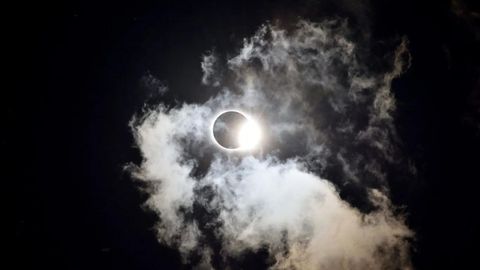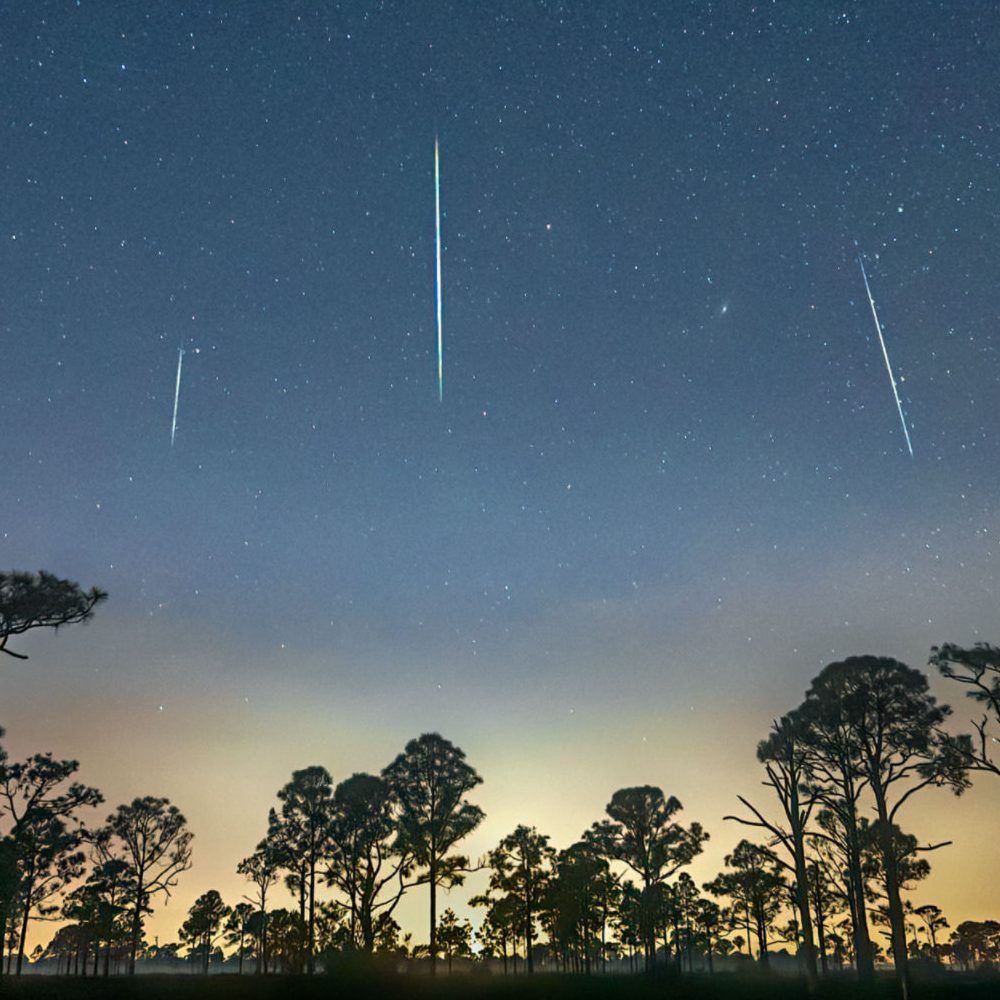
In the celestial ballet of our solar system, 2024 promises yet another captivating spectacle with a series of lunar and solar eclipses that will mesmerise stargazers around the world. These events are not only visually striking but also present opportunities to study various aspects of the Sun, the Moon and the Earth.
The coming year has two solar and as many lunar eclipses. When coupled with significant full moons, they will make the night sky a visual treat. While each lunar eclipse is going to be a sight to behold for eclipse chasers in the part of the world to which it will be visible, the solar eclipses of 2024 are poised to take centre stage and cast their shadows across various regions of the Earth.
The year has a total solar eclipse as well as an annular solar eclipse, which are two much-awaited cosmic events. These will be interspersed by a partial lunar eclipse and a penumbral lunar eclipse, making 2024 a year to look forward to.
Mark the dates and keep your lunar and solar eclipse glasses ready, as you wouldn’t want to miss any of these cosmic phenomena.
Read about all the mercury retrogrades and full moons in 2024 too.
All the solar and lunar eclipses in 2024 and things to know about them
Penumbral lunar eclipse

The roster of eclipses in 2024 begins with a penumbral lunar eclipse on March 25. A penumbral eclipse occurs when the Moon passes only through the outer edges of the Earth’s shadow.
In this case, the eclipse is extremely subtle, making it considerably more difficult to observe with the naked eye than a total or partial eclipse. The Moon doesn’t enter the dark zone of the shadow, called the umbra. One cannot see a dark bite being taken out or witness a few fleeting minutes of totality. Keen Space observers can, at the most, make out a mild dark shade on the Moon’s surface at mid-eclipse.
The eclipse will be visible from both North and South America. The Earth’s natural satellite will enter the penumbra at 12:51 am EDT on March 25 (1:51 pm HKT) and leave at 5:35 am EDT (6:35 pm HKT).
Total solar eclipse

The most anticipated cosmic event of the year, the total solar eclipse will occur on April 8. The phenomenon will be visible across North America from the Earth’s surface, albeit under clear skies.
“Weather permitting, the first location in continental North America that will experience totality is Mexico’s Pacific coast at around 11:07 am PDT (3:07 am HKT),” states NASA. The path of totality (trajectory of the total eclipse) will then cross several US and Canadian states, such as Texas, Oklahoma, Arkansas, Missouri, Tennessee, Kentucky and Illinois, along with Ontario, Québec, New Brunswick, Prince Edward Island and Nova Scotia.
The partial solar eclipse will begin at 3:42 pm UTC (11:42 pm HKT), and the eclipse will exit continental North America on the Atlantic coast of Newfoundland, Canada, at 5:16 pm NDT (4:46 am HKT).
Total solar eclipses occur when the Moon completely blocks the view of the Sun’s disk from the Earth. During this time, the sky will turn dark as if it were dawn or dusk. With clear weather conditions, people along the ‘path of totality’ might be able to see the solar corona (the outermost part of the Sun’s atmosphere), which generally remains obscured by the bright face of the Sun.
In terms of safety, NASA recommends wearing eclipse glasses throughout the event to avoid eye injury. They can be removed only during the brief total phase and must be put back on once the Sun starts becoming visible again.
According to the information on the Space agency’s website, this is the last total solar eclipse that can be seen from the contiguous United States until 2044. The next one will occur on August 23, 2044.
Partial lunar eclipse

The third eclipse of the year, the partial lunar eclipse will occur on September 18 at 2:14 am UTC (10:14 am HKT) and will last till 3.16 am UTC (11:16 am HKT). It will be visible across places where the Moon is above the horizon, such as the Americas, Africa, Europe, western Asia and south-western Russia.
As the Moon enters the Earth’s penumbra, observers can see a pale cast over its surface, though the celestial body will not be fully engulfed. However, at 2.14 am, a slight portion will enter the Earth’s umbra and will be devoid of sunlight, marking the beginning of the partial eclipse.
Annular solar eclipse

An annular solar eclipse occurs when the Moon aligns between the Sun and the Earth but is seated at or near its farthest point (apogee) in its elliptical orbit around the planet. At or near apogee, the Moon is not big enough to completely obstruct the Sun’s rays. As a result, it only appears as a dark disk, and the Sun creates a bright ring around it.
The 2024 annular eclipse occurs on October 2 at 5:43 HST (11:43 pm HKT) and will last till 11.47 HAT (8:47 am HKT). While most of the eclipse path lies on the Pacific Ocean, parts of South America such as Chile, Argentina, Falkland Islands and others can also see portions of it.
It is important to keep your solar and lunar eclipse glasses handy while catching a glimpse of this annular solar eclipse.
Shop the best travel experiences here.
This story first appeared here.
(Hero and featured image credit: Taylor Smith/Unsplash)
Related: From Space, With Awe: Mesmerising Shots Of Our World From Above
Frequently Asked Questions (FAQs)
-How many eclipses are there in 2024?
There are four eclipses in 2024: two solar and two lunar eclipses.
-Where is the best place to see the 2024 eclipse?
The western hemisphere — the US, Canada, and parts of South America and Europe— is the best place to catch a glimpse of the eclipses in 2024.
-Where is the 2024 total solar eclipse the longest?
Mexico will experience the longest total solar eclipse in 2024. The solar eclipse will arrive at its peak at 1.15 pm local time in the town of Nazas.
-Will there be any eclipses in India in 2024?
India won’t be able to witness any of the eclipses in 2024 as the position of the Moon and the Sun will be below the horizon during the phenomena.












